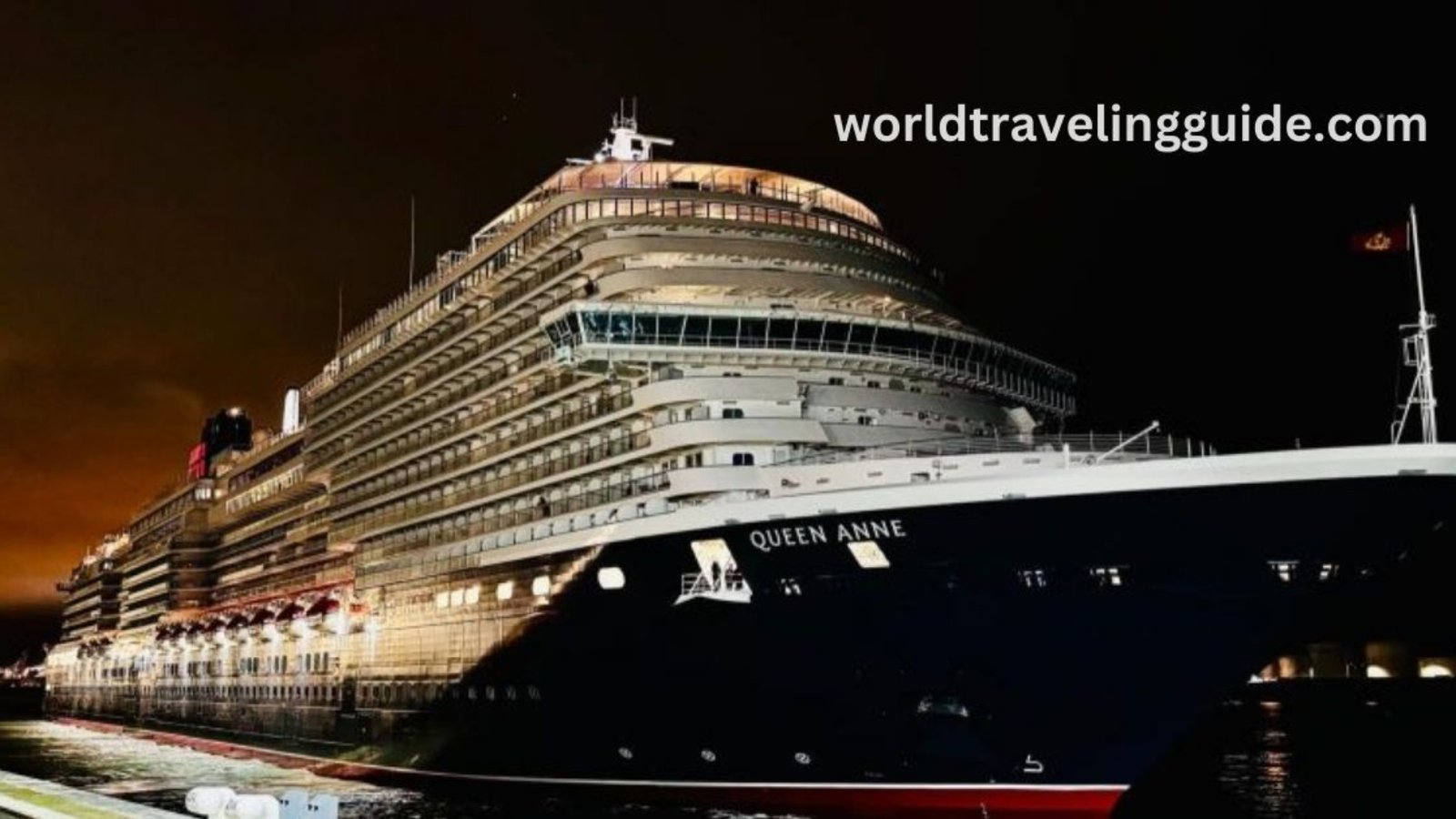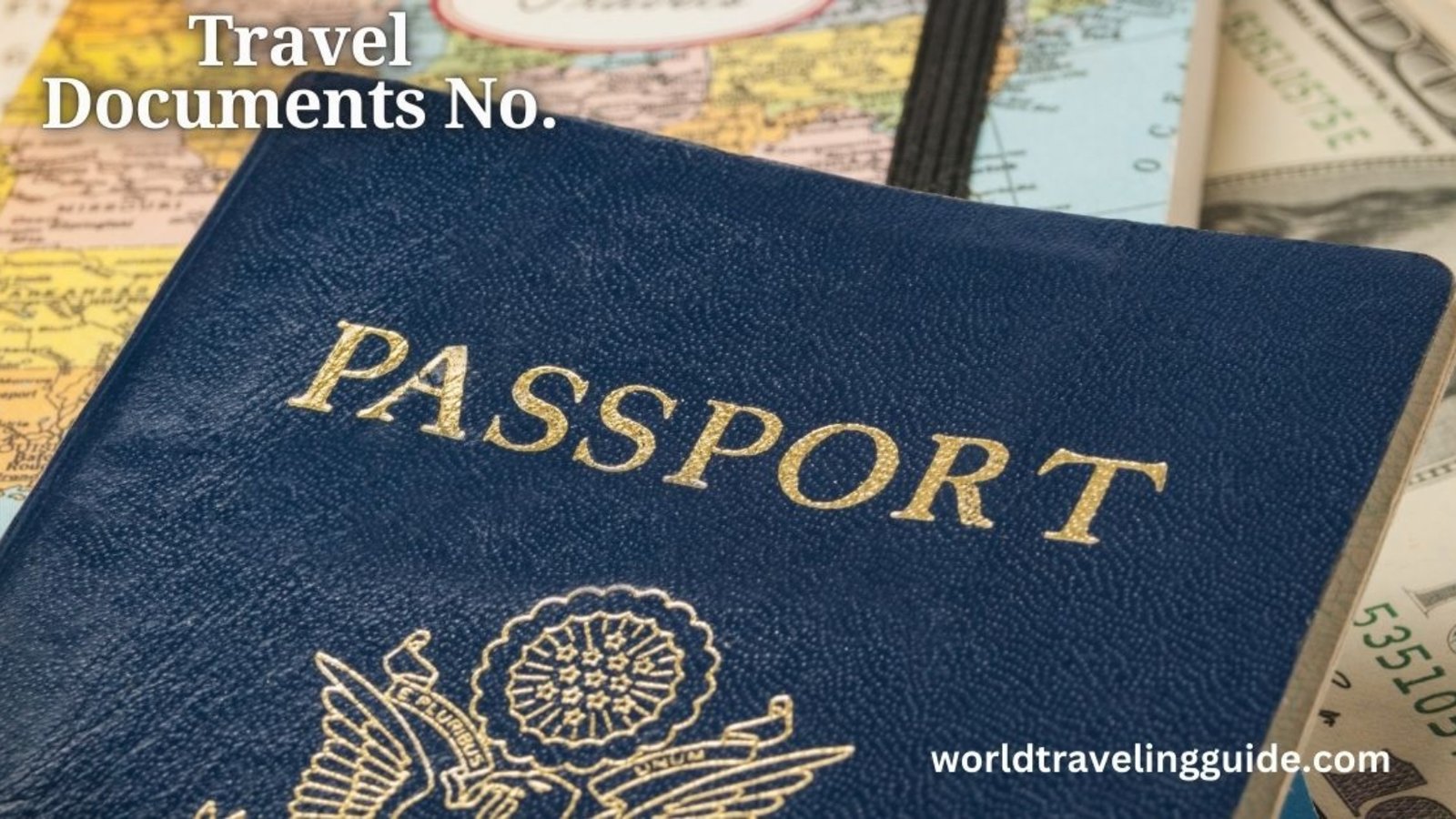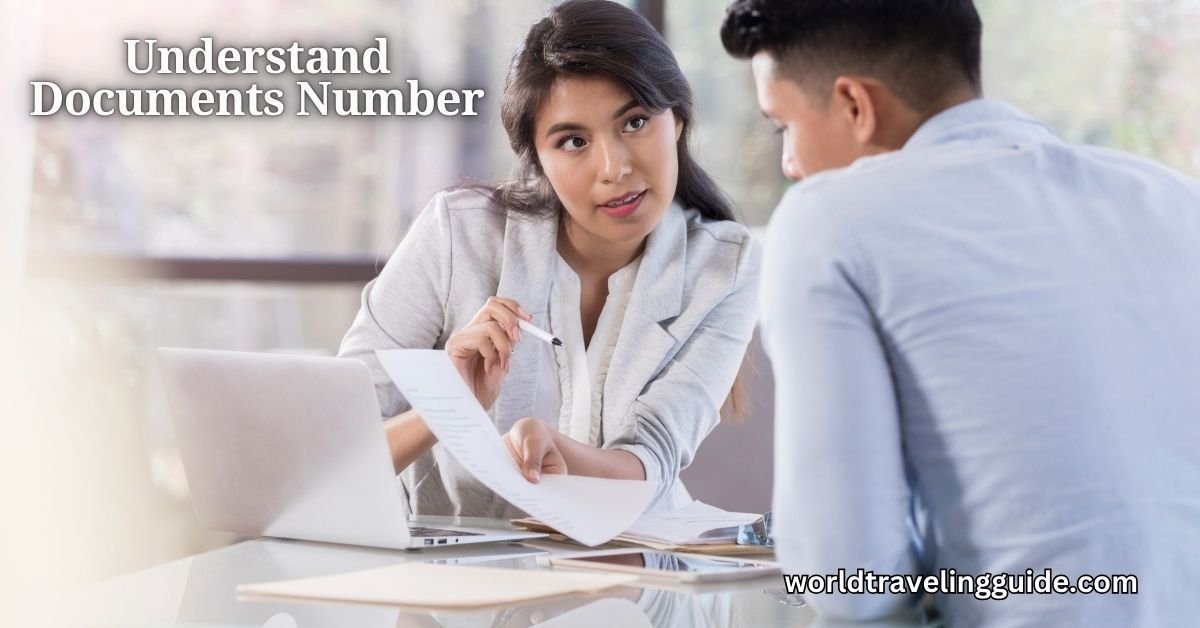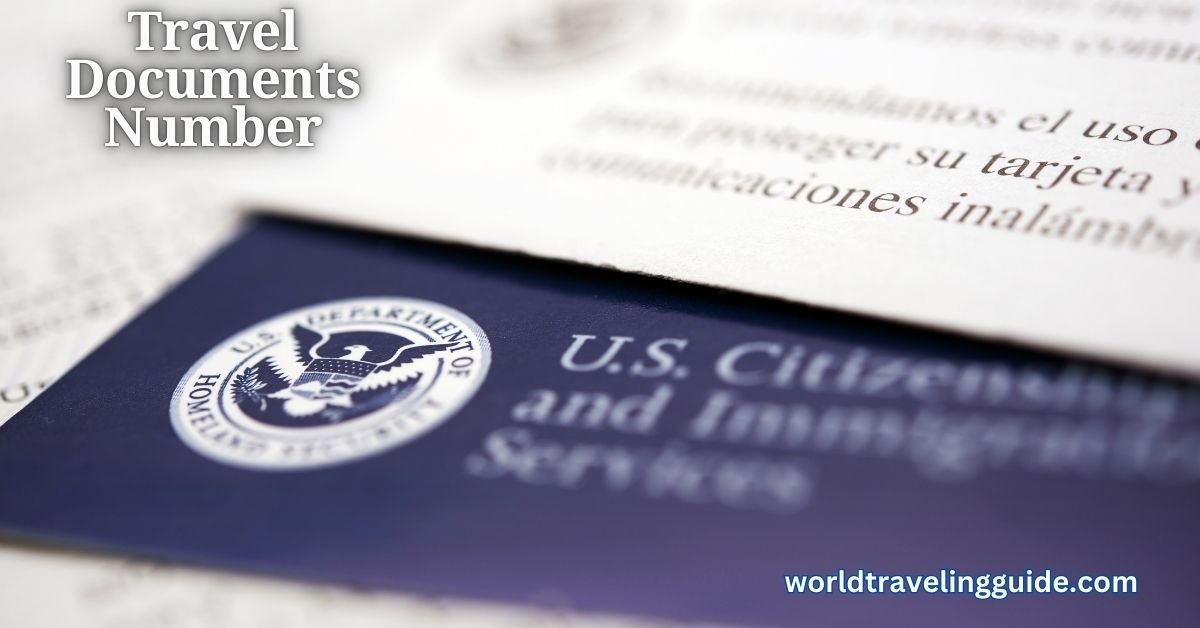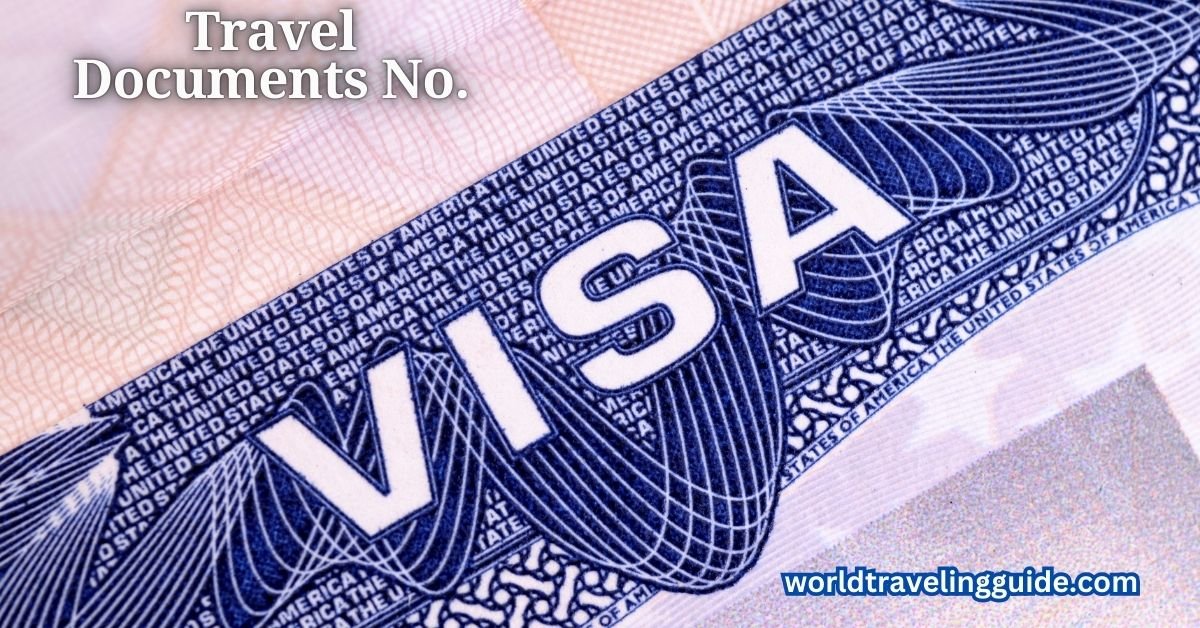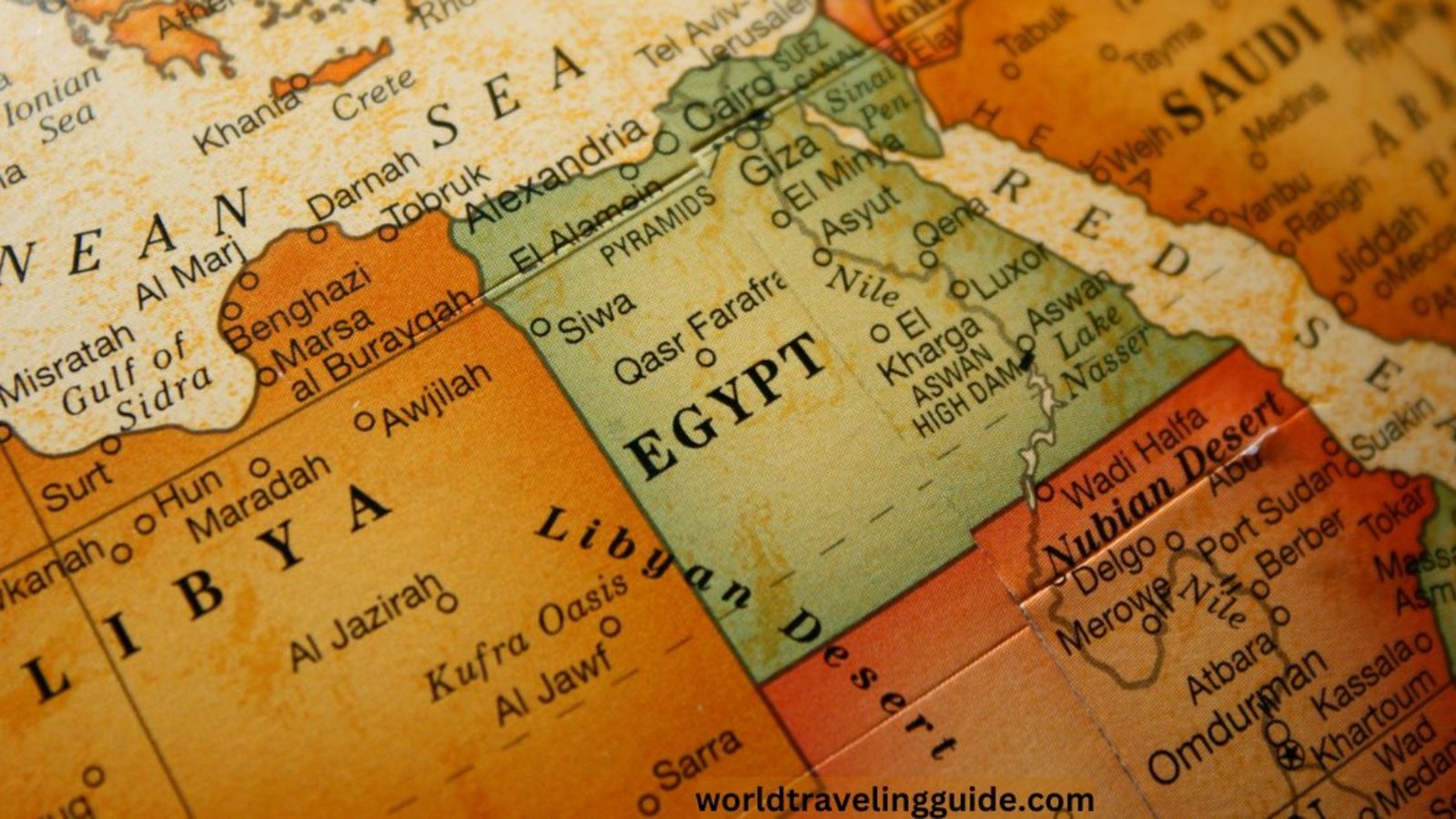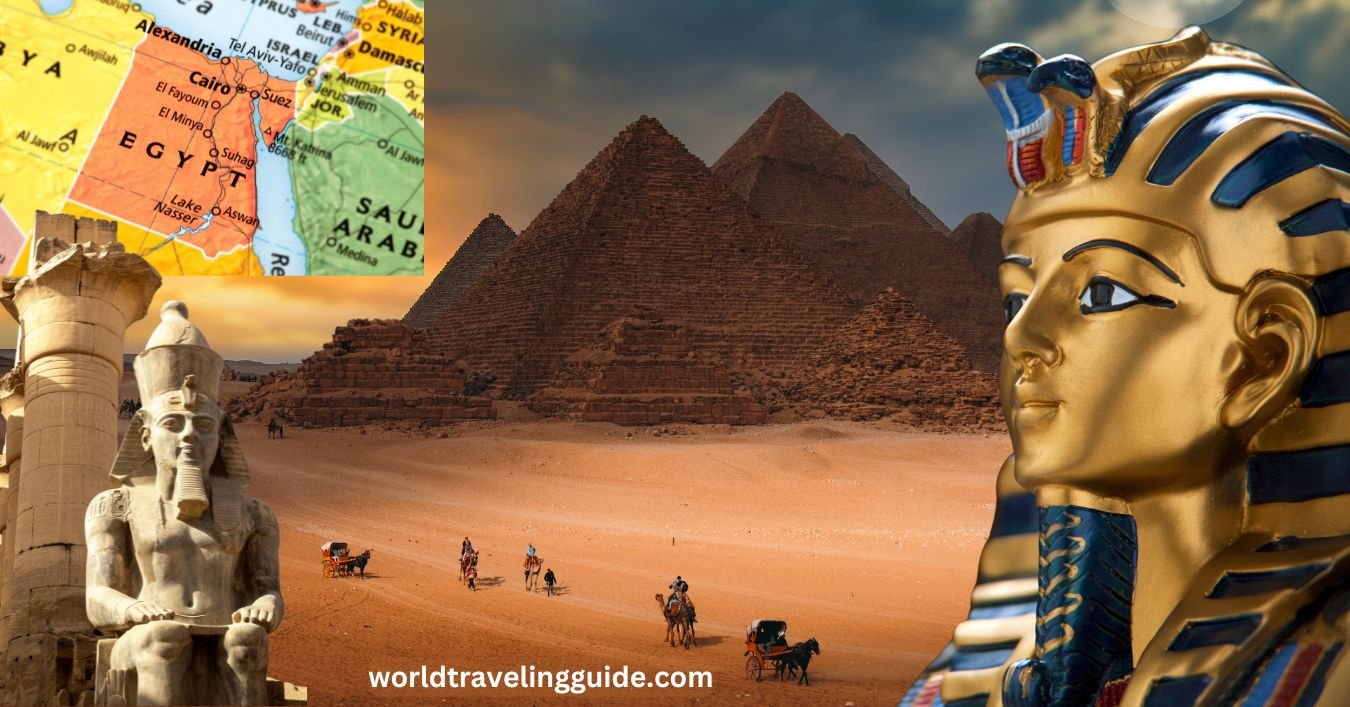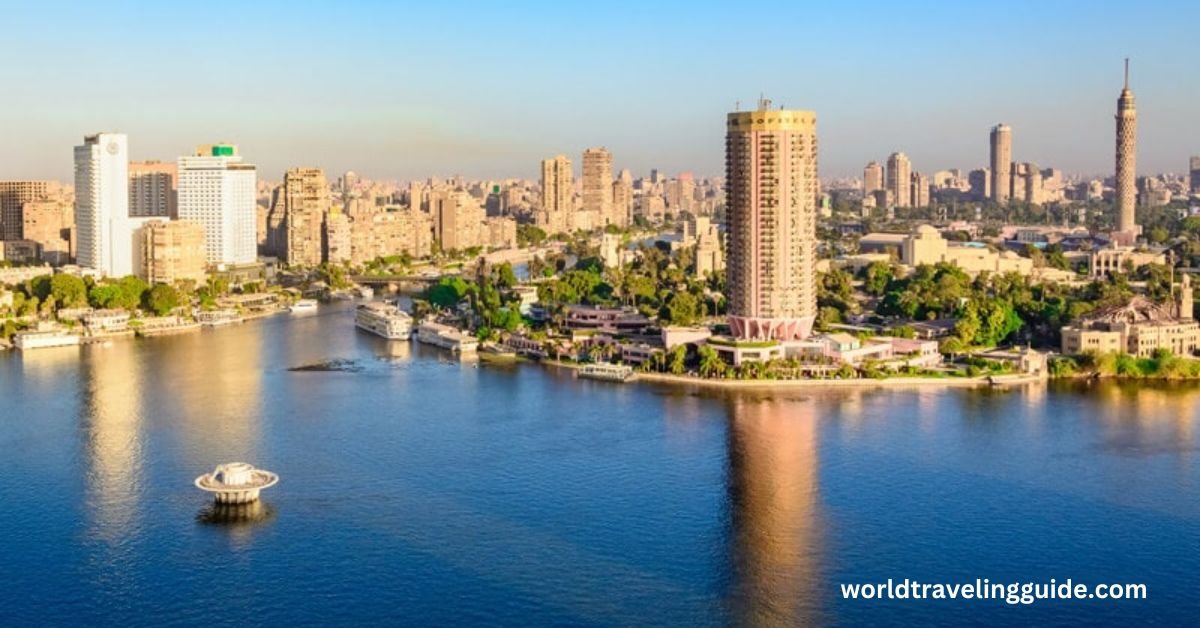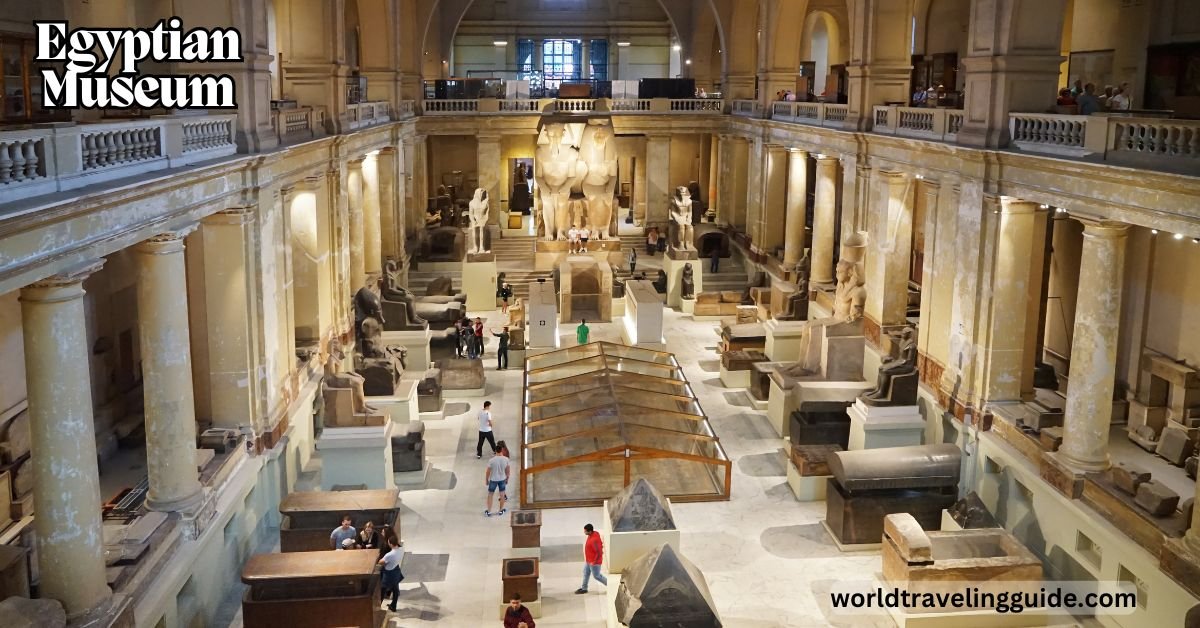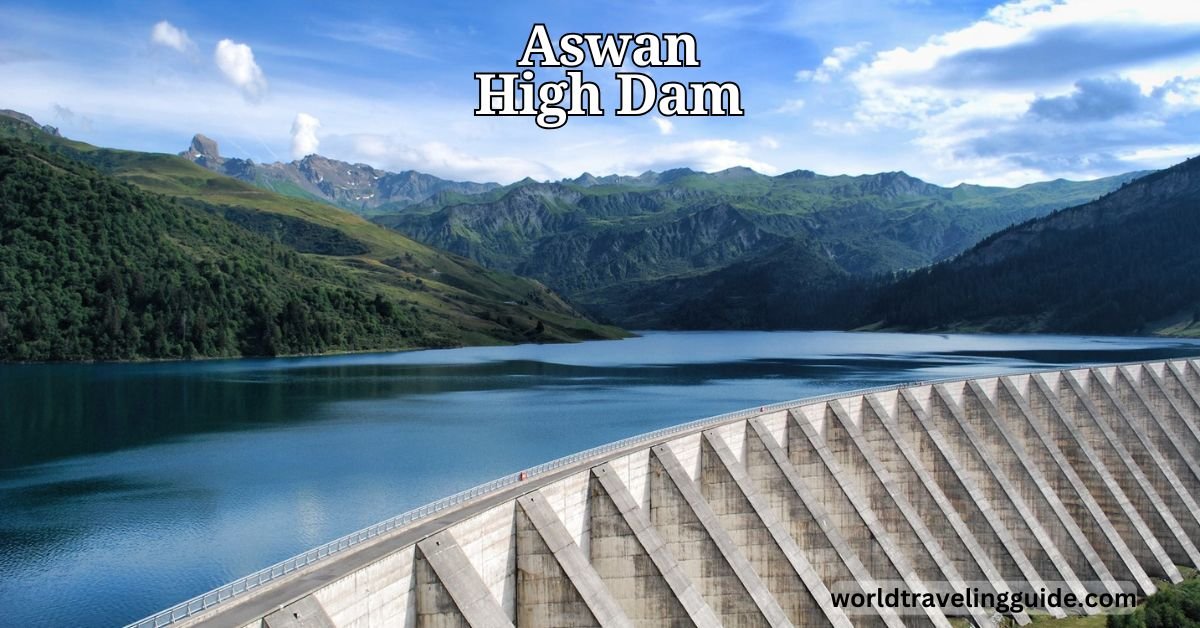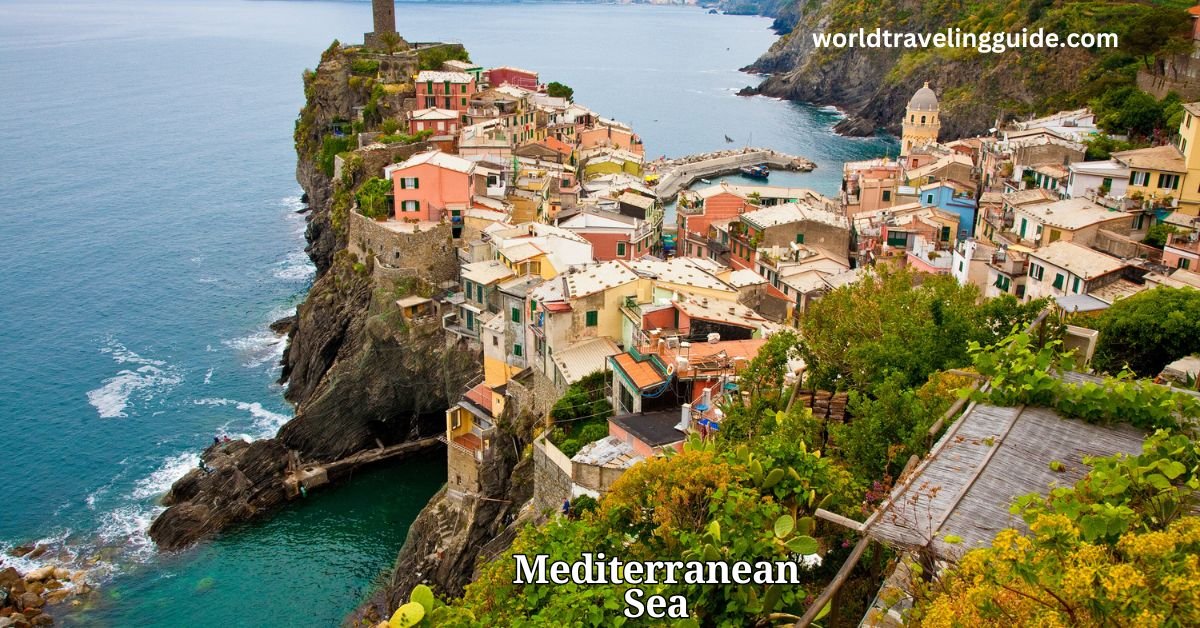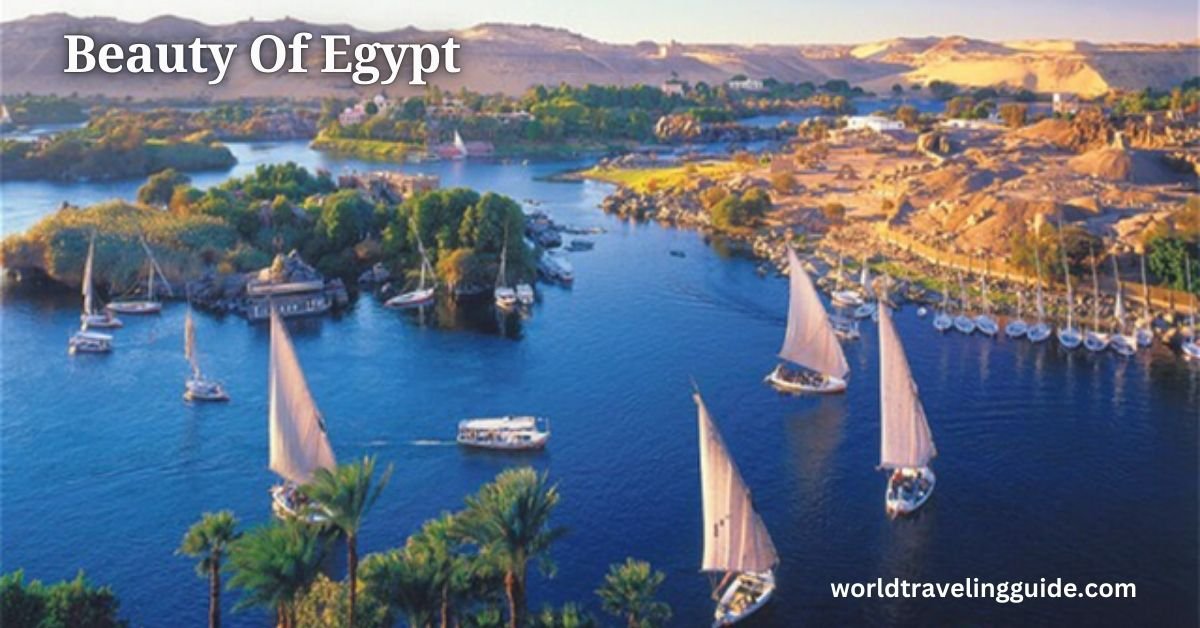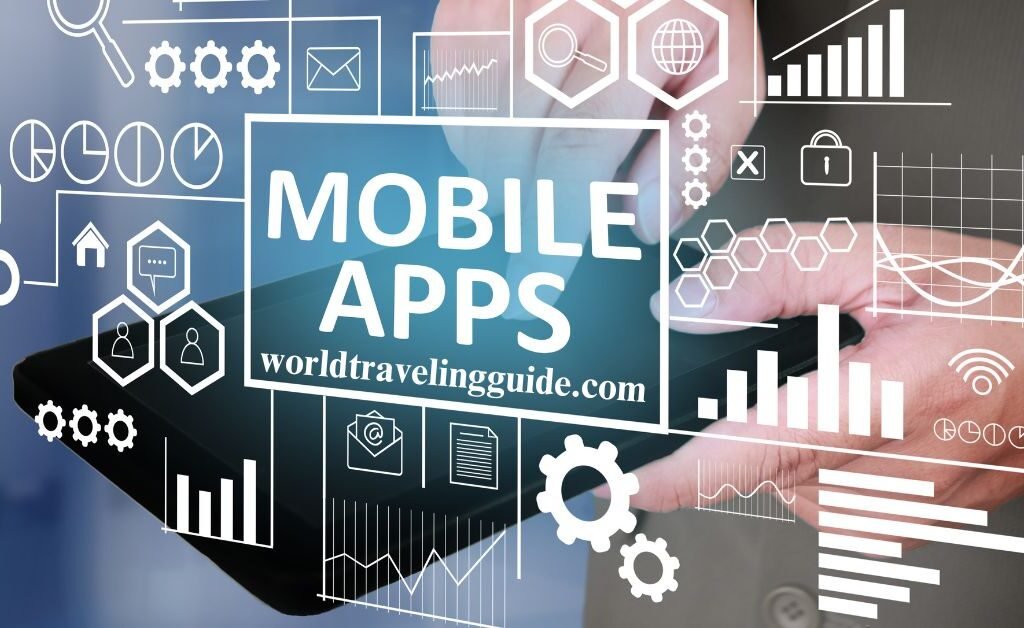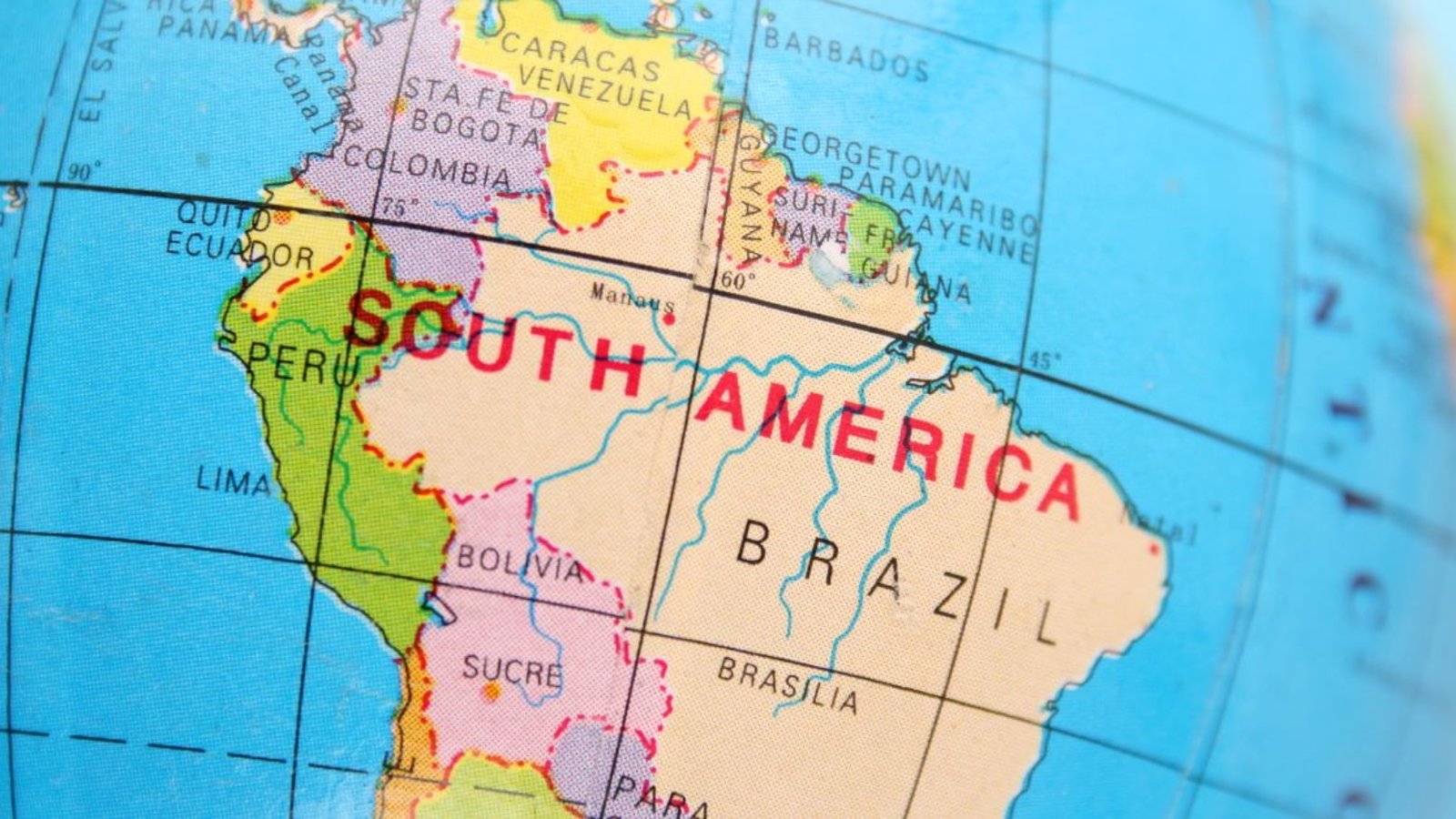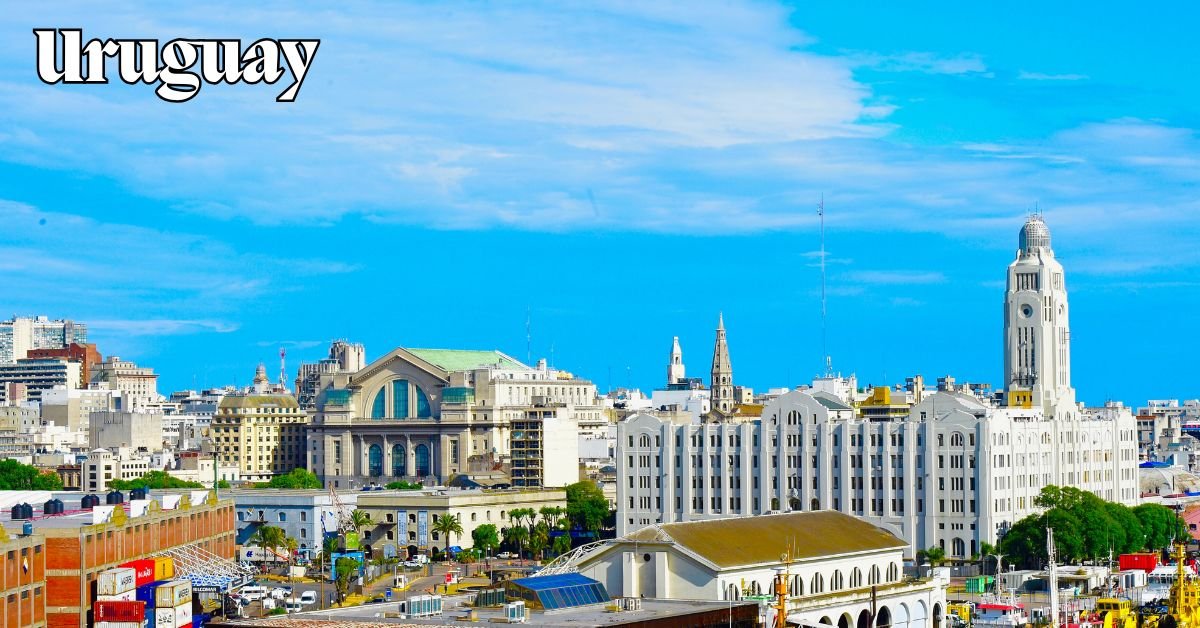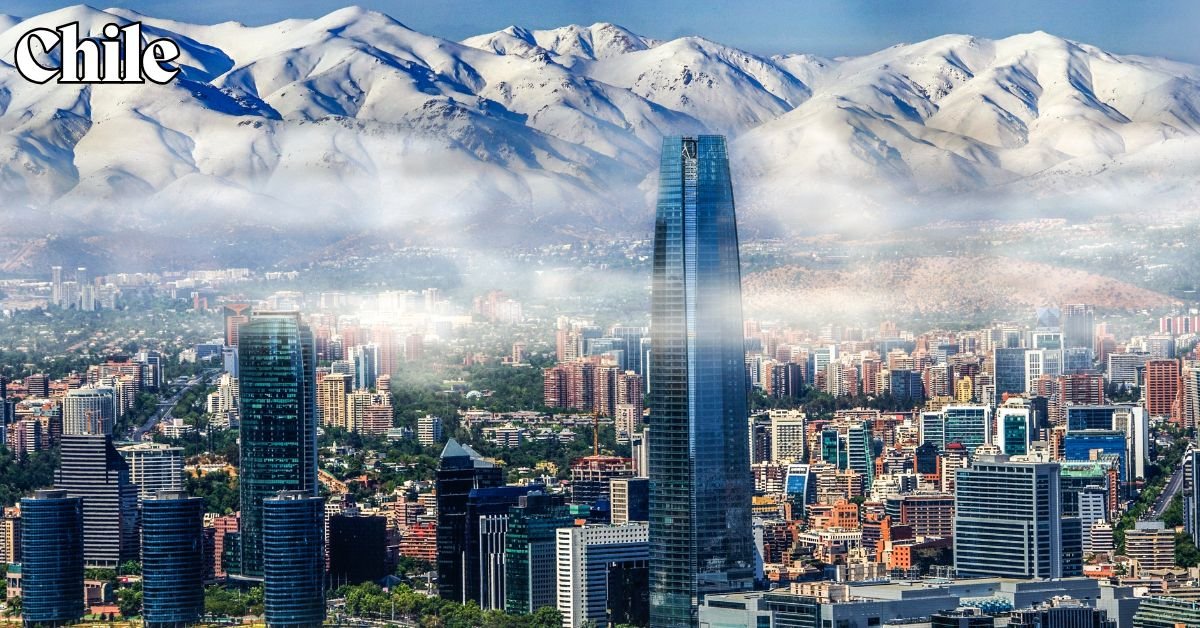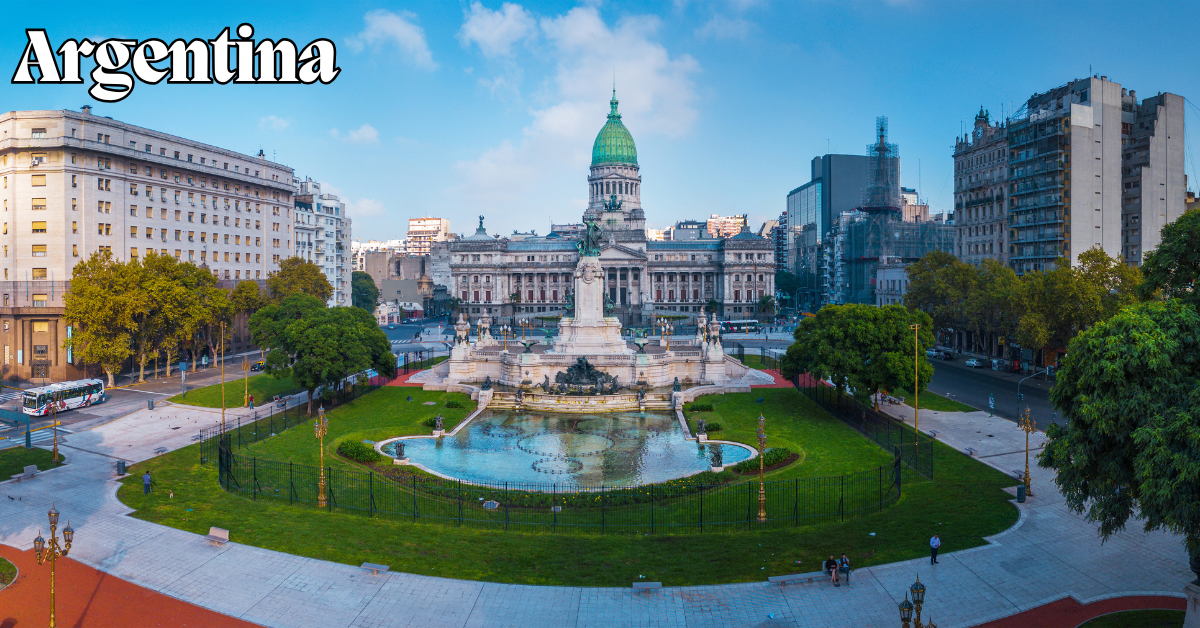In this article, we will inform you about What Was the Ship That Chloe Moreau Traveled On? Voices of exploration are often made to echo through the rich history of adventures. Drawn by the thoughts of all those choosers who dare to sail over oceans into faraway countries. Among these tales, Chloe Moreau’s journey remains quite an alluring mystery. Travel and adventure seem synonymous with her name; but the questions that still surround the vessel she travelled on inspire some fascination for historians and enthusiasts. Well then, let us accept Chloe Moreau’s voyage, analysing the ship, its historical context, and its relevance today within the tourism and travel narratives.
The Historical Background of Chloe Moreau’s Travels
Delve into the intriguing life of Chloe Moreau, gleaning snippets of her story through letters, diaries, and oral histories. A traveller in France during the adventure-infused late 18th century, Moreau’s travels captured the essence of an entire era in which global journeys were being made. As well as cultural exchanges among population groups. What Was the Ship That Chloe Moreau Traveled On? Many believe that personal dreams, however, and the grand European dream to reach far-off shores also motivated her.
To appreciate the ship Moreau sailed in the details of her journey. Must be situated against the backdrop of maritime practice in her time. The 18th century would indeed have been the golden age. For shipborne travel and design making ships built for great voyages. Ships were more than vehicles for people or goods. They were tiny representations of the societies they came from, transporting not just their material cultures but whole populations around oceans.
What Was the Ship That Chloe Moreau Traveled On? The Search for Moreau’s Ship:
The most conspicuous of old travel questions that stay alive is: what ship did Chloe Moreau carry on this life-altering journey? Records point towards a vessel named L’Étoile du Matin (The Morning Star) well-known for being a brigantine speedily built for endurance. For these merchant explorers, it was just the thing-shipping on hard-going transoceanic voyages.
Moreau’s tale has been reconstructed bit by fragmentary bit by historians, from the maritime logs, personal diaries, and port registers. Evidence from these sources shows that the traveller was aboard L’Étoile du Matin; she went to the Americas, the Caribbean, and part of Africa: a tumultuous trip that bore witness to her indomitable spirit and her thirst for—indeed, her hunger for discovery.
L’Étoile du Matin’s Contribution to Maritime History
The ship L’Étoile du Matin was a brigantine; its two-mast vessel, speed and cargo capacity made it very popular among explorers and traders during the 18th century. Such brigantines were very much contributors to the travel and tourism industry even in the early stages. They also helped in the trade or exchange culture, serving as the groundwork of global tourism today.
To be more specific, this ship was built in France in the harbour city of Nantes. One of the centres of maritime innovations during the 18th century. It is made of oak, reinforced for long voyages, and equipped with advanced navigation tools of that time. Such as a sextant and an early form of the chronometer. Thus, these advancements would safe and precise travel under the needs of explorers like Chloe Moreau.
Chloe Moreau’s Voyage: A Pioneer of Cultural Exchange
It was not simply the destination that interested Chloe Moreau, but an intercultural exchange. Travelling by L’Étoile du Matin, she recorded, in a little preserved patchwork of journals, comments about Indigenous communities, foods, and landscapes that reflect her status as an early travel and tourism trailblazer before that ever also became trendy. What Was the Ship That Chloe Moreau Traveled On?
Such travelling might speak to today’s authentic seekers. Moreau’s message about understanding and revering the local customs resonates with the current analysis of sustainable tourism, which in part encourages not just visiting the places but politically connecting with the places and peoples of such experiences.
What Was the Ship That Chloe Moreau Traveled On? The Tourism Legacy of Chloe Moreau and Her Ship.
Today, the legacy of Chloe Moreau and L’Étoile du Matin inspires travellers and historians alike. Maritime museums and historical reenactments often present the era of brigantines, on ships such as L’Étoile du Matin as symbols of exploration and strength. These attractions contribute to the tourism industry, drawing visitors eager to connect with history.
Additionally, Moreau’s story underscores the importance of fulfilling the requirements of travel. From securing the right vessel to navigating unknown waters, her journey reflects the meticulous planning and adaptability required in exploration qualities that remain essential in travel today.
To fully appreciate Chloe Moreau’s journey and its modern relevance, it is vital to consider latent semantic indexing such as “maritime history,” “exploration,” “18th-century ships,” “cultural exchange,” and “travel legacy” to enrich our understanding of her voyage. By integrating these keywords, we connect her narrative to broader themes in travel and tourism.
For instance, Moreau’s travels exemplify the “spirit of adventure,” a phrase often linked with tourism campaigns. Her ship, L’Étoile du Matin, embodies “nautical innovation,” emphasizing the technological advancements that facilitated exploration. These keywords help bridge historical accounts with modern tourism interests, ensuring her story remains relevant and engaging.
What Was the Ship That Chloe Moreau Traveled On? Lessons from Chloe Moreau’s Journey.
Travel in the present time has a lot to learn from Moreau’s journey on L’Étoile du Matin. Her strength to face challenges, compromise with culture, and fire in exploring is so classic that these virtues go beyond the contemporary travel requirements of sustainable, culturally sensitive, and curiosity-driven travel.
The travel story captures how travel by water continues to have appeals. Cruises and heritage tours owe much to past voyages for the romance of travel by sea and for bringing out this experience for the players. By keeping stories like Moreau alive, the tourism industry evolves but yet marks its time.
Conclusion
The ship that Chloe Moreau sailed on, L’Étoile du Matin, is not just a ship or a means of moving from one place to another. It is a marker of an entire era of exploration, resilience, and cultural exchange. Moreau’s voyage in this brigantine highlights travel’s power to transform disparate worlds and create future generations.
And now, the story serves as the guiding light for travellers and historians. Reminding them of the importance of curiosity in travel. Flexibility in travel, and even respect while in the travel. Whether it’s wandering about a faraway land or entering the doors of history. The legacy of Chloe Moreau and her ship is beckoning us to the call of adventure and the limitless possibilities afforded by travel.

